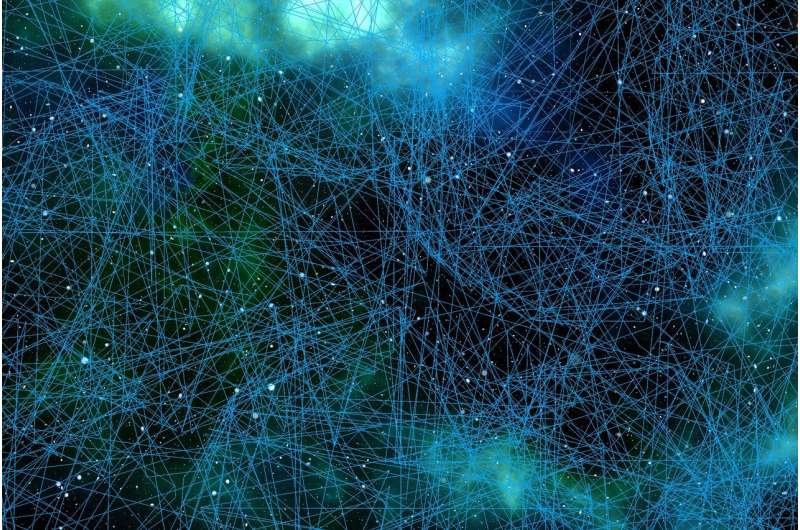Latest Neuropixels probes can track neurons over weeks

A new generation of miniature recording probes can track the same neurons inside tiny mouse brains over weeks—and even months.
The new tools build on the success of the original Neuropixels probes released in 2017 and currently used in more than 400 labs. Neuropixels 2.0 are much smaller—about a third the size of their predecessors. They’re designed to record the electrical activity from more individual neurons and have the unique ability to track this activity over extended time periods. That makes them especially useful for studying long-term phenomena like learning and memory in small animals such as mice, says Tim Harris, a senior fellow at HHMI’s Janelia Research Campus who led the project. Harris and his colleagues describe the advance in a paper published online April 15 in the journal Science.
Neuropixels 2.0’s advances come from several key innovations, Harris says. Janelia scientists and engineers developed new ways to process the data. Strategic changes to the layout of the probes helped make them better suited to certain tasks. And engineers at imec, the non-profit nanoelectronics center that manufactures the probes, used imec’s proprietary technology to design, develop, and fabricate the probe.
“This unique platform allowed us to design a small probe with high recording-site density and long-term stability,” notes Barun Dutta, Chief Scientist at imec.
Tracking the same neuron over time has been an ongoing challenge, says Harris, because brains move a little bit whenever animals move. Each Neuropixels probe contains multiple recording sites—spots that pick up neural signals. The latest version has more of these sites, and they’re spaced closer together. Like positioning many microphones around a crowded room, the design change makes it more likely that if a neuron jiggles out of reach of one recording site, it’ll still be picked up by a neighboring one. Anna Lebedeva, a student in Matteo Carandini’s lab at University College London, collected data showing this effect. And Janelia group leader Marius Pachitariu developed software to track the neurons.
While the original Neuropixels probes have just one narrow metal piece that enters the brain, the new version has four. That means the recording sites are distributed over a wider area, allowing for more efficient recording in many important brain areas, especially thin layers within the brain.
In experiments in mice, the team found they could use two probes to pick up electrical signals from more than 6,000 different sites, says first author Nick Steinmetz, a researcher at UCL and the University of Washington.
Source: Read Full Article

